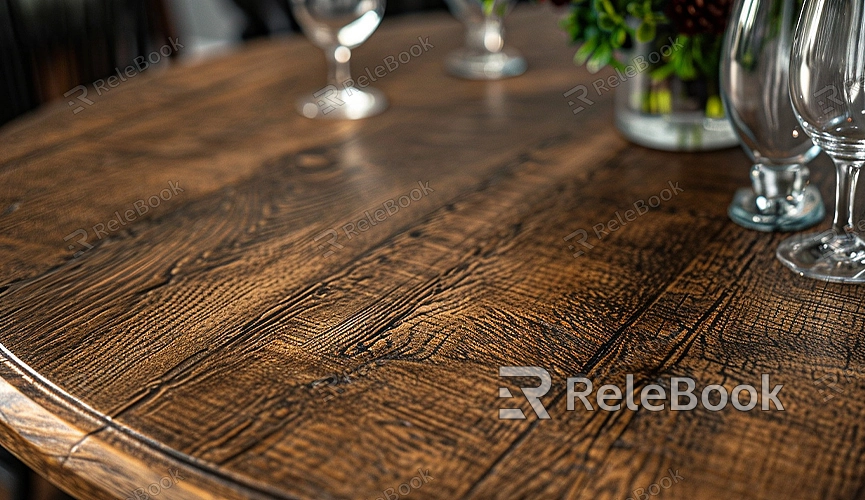Blender How to Add Texture to Material
In Blender, how can you add texture to a material? Adding texture to a material is crucial for enhancing the appearance of objects, simulating different surface textures, or creating unique patterns. In this powerful 3D modeling software, adding texture to materials is a key step in elevating the realism of models. Textures can provide complex visual effects to the surface of objects, making models look more refined and realistic. Whether simulating natural surfaces or creating imaginative abstract patterns, textures play a vital role. The following are some scenario examples illustrating how to add textures to different materials in Blender and how these textures can alter the look and feel of the models.

1. Realistic Wood Texture for Wooden Table Surface
When designing a wooden table, adding texture to the material can simulate the genuine wood grain. Each wood grain appears unique, adding a natural and warm atmosphere to the entire tabletop.
2. Vibrant Patterns for Colorful Tiled Flooring
For designing a vibrant scene, adding texture to tile materials can create colorful and lively patterns. Each tile exhibits distinct characteristics, injecting vitality and energy into the scene.
3. Metallic Texture for Futuristic Tech Device
When creating tech-styled models, adding texture to metal materials imparts a smooth, futuristic feel. Each metal surface reflects the glow of future technology, making the entire device appear high-tech and stylish.
4. Soft Lighting on Frosted Glass Surface
For designing a modern glass building, adding texture to glass materials can simulate the soft lighting on frosted glass surfaces. Each inch of glass sparkles with gentle radiance in the sunlight, bringing modernity and elegance to the architecture.
5. Luxurious Leather Texture for Plush Sofa
When designing a luxurious sofa, adding texture to leather materials can provide a delicate feel of leather. Each section of the sofa surface seems to convey luxury and comfort.
6. Wavy Texture for Azure Ocean Waves
In simulating a deep blue ocean, adding texture to water materials can create the effect of rolling waves. Each wave appears as vivid as reality, presenting a serene and magnificent seascape.
7. Angelic Wings with Snow-White Feather Texture
When creating angel characters, adding texture to wing materials can give the wings a delicate snow-white feather feel. Each feather glimmers in the light and brings an ethereal and sacred atmosphere to the angel.
8. Rough Texture for Stone Wall Surface
When designing an ancient castle scene, adding texture to stone wall materials can simulate the rough texture of stones. Each stone carries the weight of history, bringing stability and solidity to the entire scene.
Through these examples, we can see that the process of adding textures to materials in Blender is not only a display of technical expertise but also a leap of creativity. Textures provide a new visual layer to 3D models, transforming them from mundane to lively. If you need many high-quality 3D textures and HDRI, you can download them from Relebook and import the textures directly into your models after downloading.

